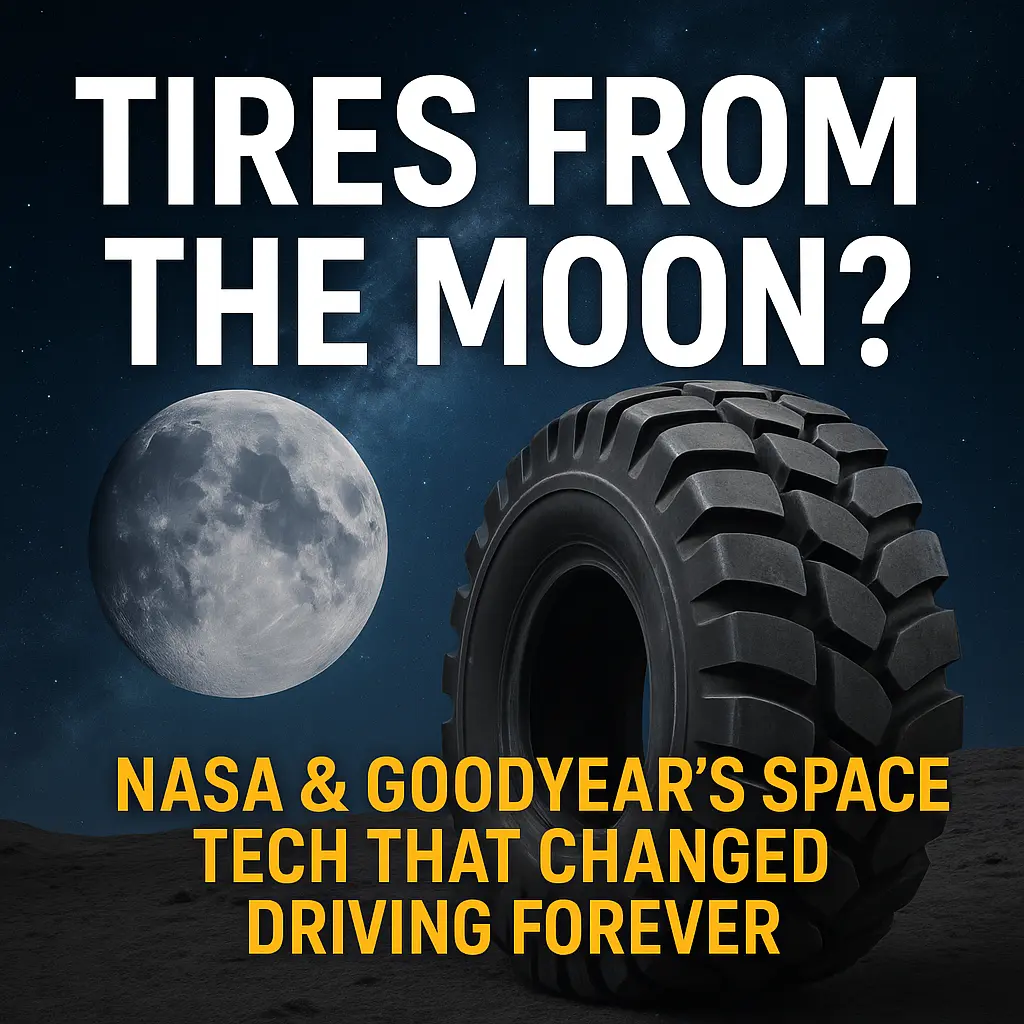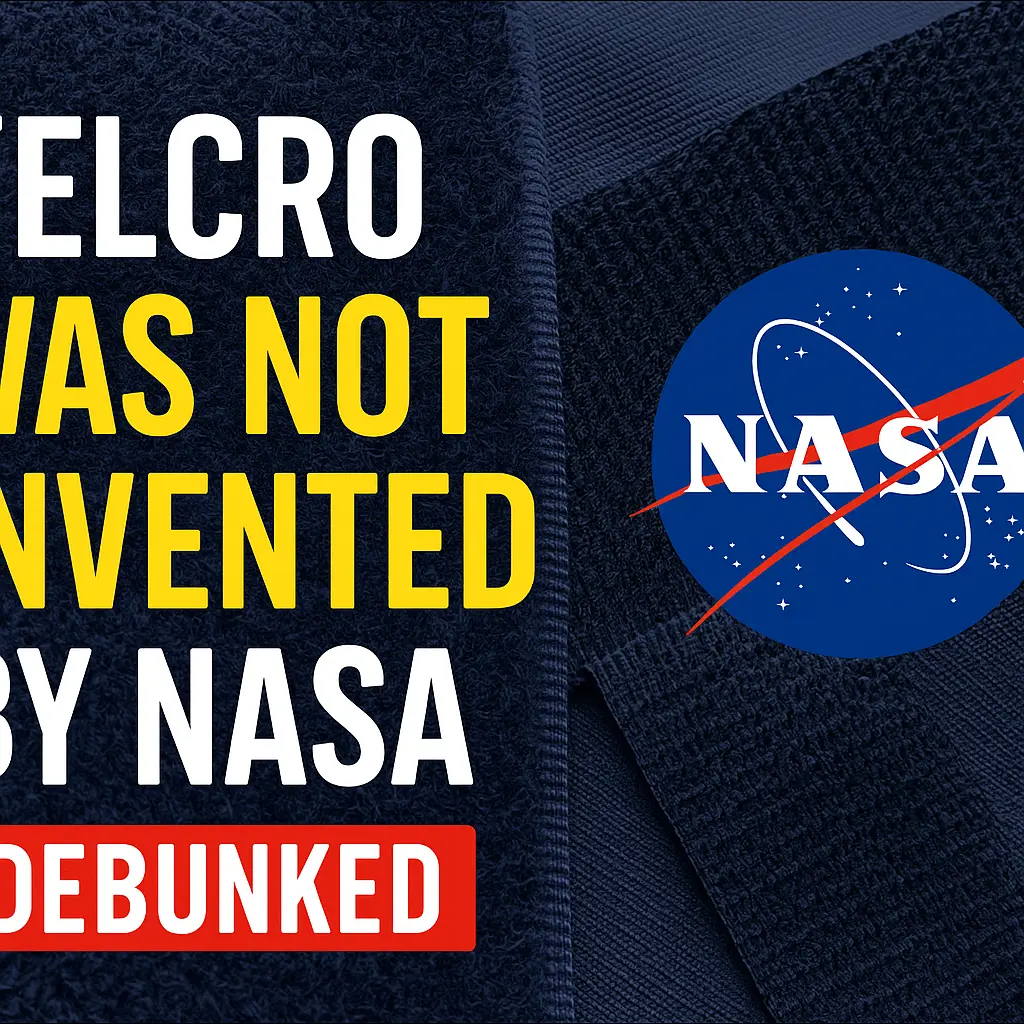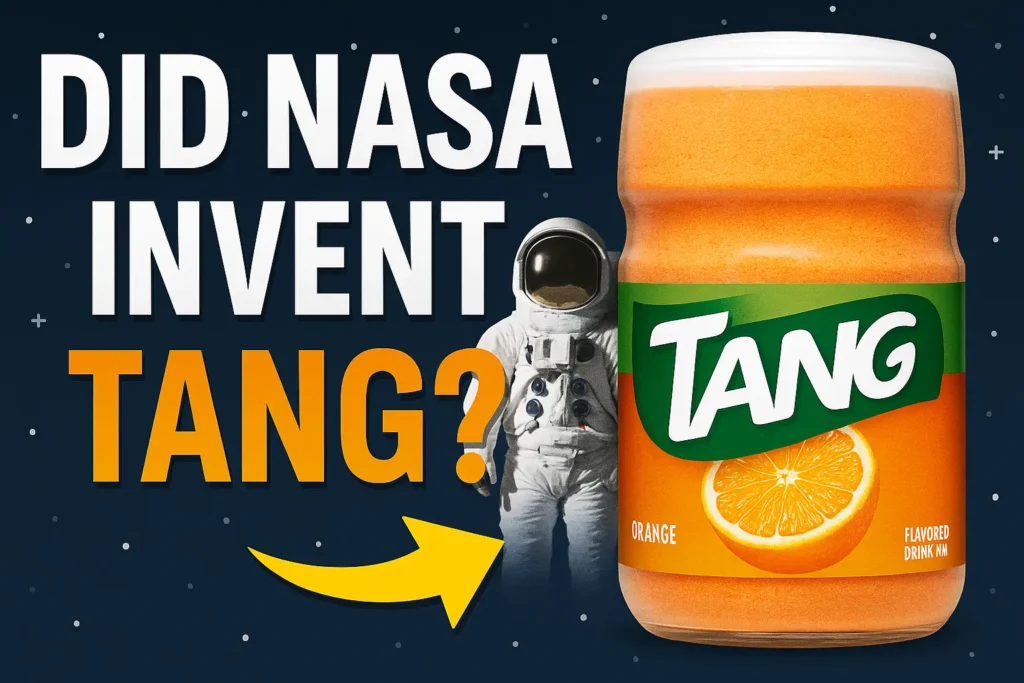When it comes to space-age innovations, few myths are as persistent as the belief that certain everyday products—like the modern tire—were invented in space. One such myth claims that the high-durability, high-traction tire was developed by NASA during lunar missions and then brought back to Earth for consumer use. It’s a compelling story: the idea that your car’s tires have literal moon-roving DNA. However, while the origins of this technology are indeed tied to lunar exploration, the full truth is more nuanced—and more fascinating.
The Myth: Tires Were Invented in Space by NASA
Many people believe that modern tire technology involving extreme durability, advanced tread patterns, and run-flat capabilities was invented entirely by NASA for lunar missions and later handed down for commercial application. This belief stems from the genuine collaboration between NASA and tire manufacturers like Goodyear during the Apollo program, leading many to assume that what we drive on today was born out of space-age necessity.
While it’s true that the Apollo missions led to substantial advances in materials science and mechanical design, the notion that tire technology was “invented in space” is inaccurate. Let’s examine what really happened.
The Truth: Tire Technology Was Evolved—Not Invented—in Space
Origin: A Moon Mission Collaboration
The real story begins with NASA’s need to design a vehicle that could traverse the Moon’s hostile and unpredictable surface. For this, NASA partnered with Goodyear Tire & Rubber Company to develop tires for the Lunar Roving Vehicle (LRV)—commonly known as the Moon buggy.
Unlike traditional rubber tires, the LRV wheels had to withstand extremes of temperature, abrasive dust, and rocky terrain without any chance of repair. Goodyear’s solution? A mesh wire design made of zinc-coated piano wire, providing flexibility, strength, and durability without air.
This was not the invention of the tire but a specialized adaptation of tire engineering to fit lunar needs. It marked a redirection of engineering principles, not the invention of a new concept.
Why It Was Developed: Surviving the Moon’s Harsh Terrain
On the Moon, there is no atmosphere, no roads, and no opportunity for a tire change. The LRV had to function flawlessly in gravity one-sixth of Earth’s, over sharp rocks and deep dust, and in temperatures ranging from -280°F to +260°F.
Goodyear engineers had to push beyond the boundaries of conventional design. They utilized durable materials and structured mesh patterns to ensure:
- Lightweight construction for space travel
- Uncompromising traction for irregular lunar surfaces
- Durability against punctures and degradation
This lunar tire did not resemble our Earth-bound radial tires, but it laid the foundation for new thinking in tire materials and structures.
The Legacy: Everyday Benefits on Earth
Although no one is driving wire-mesh tires to the grocery store, the engineering breakthroughs that emerged from this space collaboration have had a direct impact on tire development for Earth-based vehicles. Here’s how:
1. Advanced Tread Design
The need for strong grip and flexibility on unpredictable lunar terrain inspired tread designs that improved traction on diverse road conditions. These patterns influenced tires optimized for wet, icy, and off-road environments.
2. High-Durability Materials
Materials originally explored for their extreme tolerance in space—such as advanced polymers and metal reinforcements—have influenced the composition of modern tires, making them more resistant to wear, temperature changes, and punctures.
3. Run-Flat Tire Technology
The concept of a tire that can continue functioning even when compromised owes much to the airless, resilient design of the lunar wheel. Run-flat tires allow vehicles to keep moving after a puncture, a critical safety improvement increasingly seen in modern cars.
Conclusion: Space-Inspired, Earth-Refined
The myth that tires were invented in space overlooks the decades of innovation that preceded and followed lunar exploration. In truth, the Moon missions acted as a catalyst—accelerating the evolution of tire technology by introducing extreme engineering challenges.
NASA and Goodyear didn’t create the tire in space; they reimagined its possibilities under the most demanding conditions known to science. And those insights returned to Earth, helping all of us drive safer, farther, and longer.
Public Impact
Today’s motorists benefit from the durability, traction, and resilience that were once deemed essential for lunar travel. From safer commutes to more dependable road trips, the legacy of space exploration lives on—not through mythology, but through the very real technological advancements that now roll under millions of vehicles.
Let’s celebrate the truth: not that tires came from space, but that our ingenuity reached space—and came back better.



